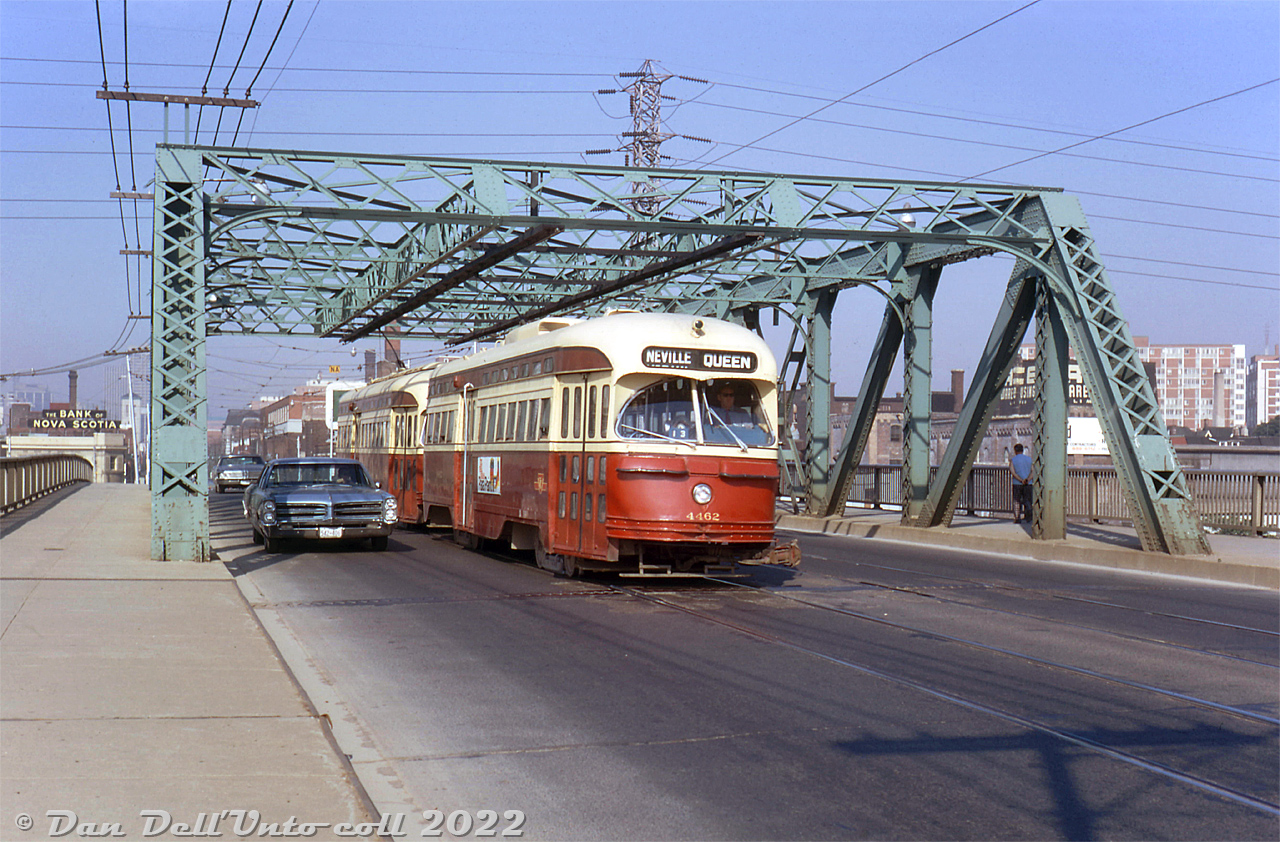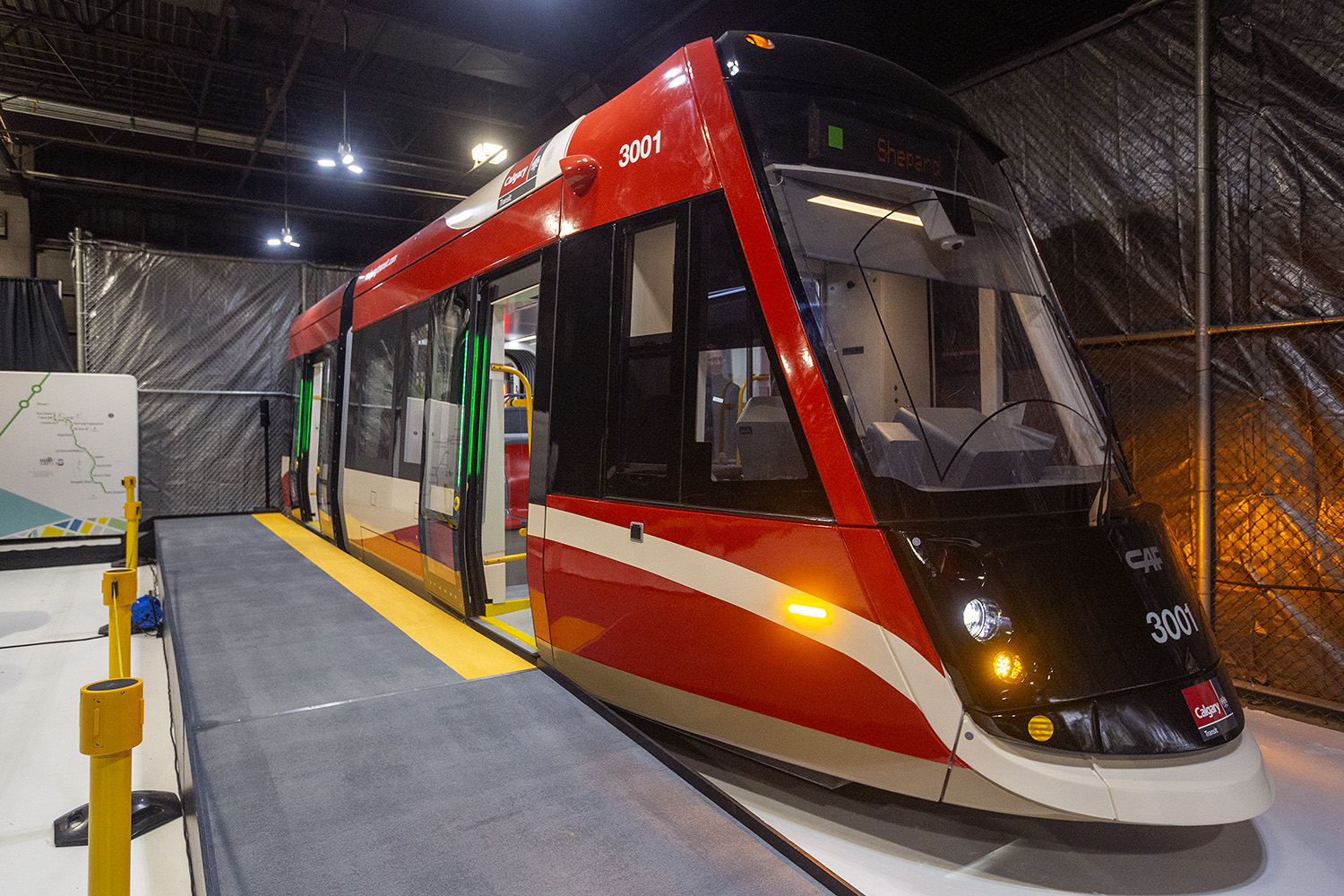Most systems have more doors per vehicle type than we do.
40' buses have mostly 3 doors while the 60's have 4, but you will see the standard 2 and 3 doors buses there also even in the same fleet.
Modern LRV's have single doors at each end like TTC, but more double doors than we do, depending on the length as well the section style. Then, a number of systems have doors on both sides.
Not all systems have TTC model as they have larger radius that allows longer sections as well less sections for the same length.
All systems have the same issues as TTC for riders getting on/off based on ridership and stops. Its something you will have to live with. Big different between TTC and the World, TTC opens the doors in place of riders pushing the button to do so for getting on/off the car.
Some systems only allow you to enter by one or 2 single door and leave by the double doors only. Amsterdam is the only system I been on where there is a fare collector in the centre area where you can pay your fare if you don't have a smart card. My last trip saw the same thing with the driver collecting fares as well compared to this trip as well having gates at various door to allow riders off only. A few of those cars still exist today and will have the gates remove shortly. This depends on the type of LRV you are getting on since the older models are not setup that way.
The Stadler car in London UK has an extra single door next to the driver who compartment is smaller than other LRV's that allows that extra door to be added.









